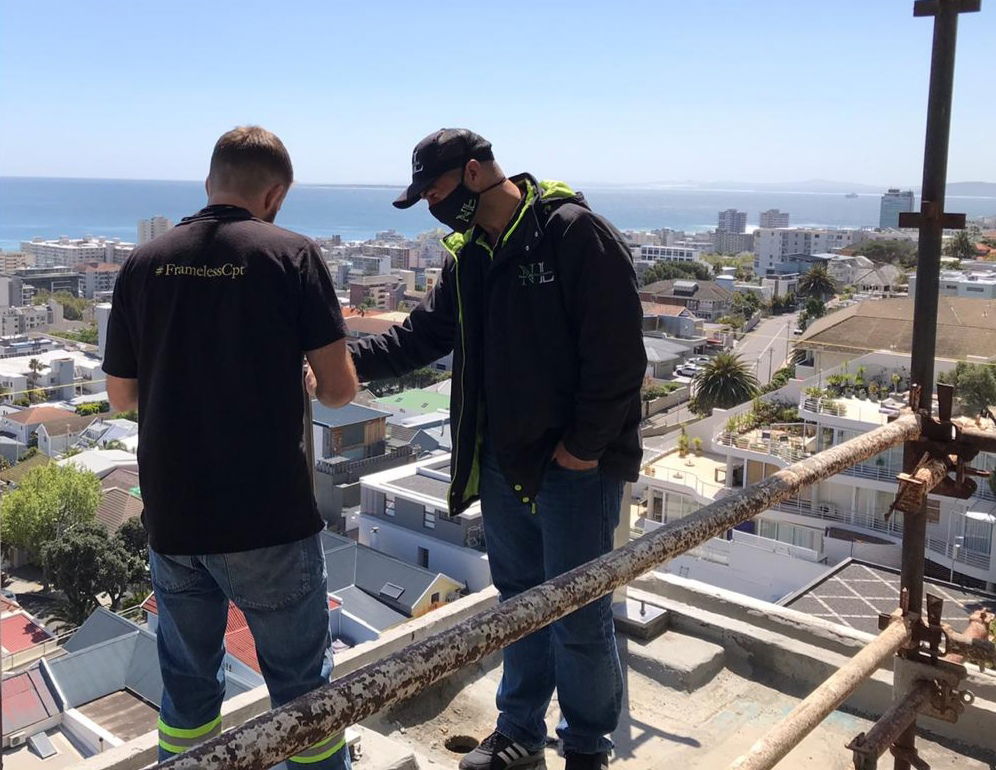Next Level has gone through the balustrade codes and simplified it for you

Balustrades and handrails are important structural components, critical to the safety of a building's users. Because of their aesthetic value, this is mostly overlooked in the building industry. Balustrades are a safety barrier to prevent a person from falling from a height. All our balustrade designs fully comply with SANS 10400 (architectural), 10160 (structural design), SANS 10137 (glass), and 10104 (handrailing and balustrade).

For the sake of public safety we would like to bring the following to your attention:
SANS 10104Handrailing and balustrading shall be designed and installed that safely supports all loads to which it is likely to be subject to during service.
• The height of the balustrade shall not be less than 1000 mm from finish floor level.
• If balustrades are on a upstand, balustrades must be no more than120 mm from edge. If it’s more than120 mm that will be the finish floor level.
• Swimming pool enclosures, balustrades may not be less than 1200 mm.
• Balustrades must be fitted where the drop exceeds more than 800 mm.
• In public places, the gap must not exceed 100 mm.
• Balustrades must undergo human impact testing to ensure their compliance (SANS10160).
• Balustrades must be capable of withstanding a 0.5 kN point load, which is similar to a person falling onto the balustrade.
• All balustrades must be designed to comply with the relevant occupation categories as outlined in SANS10160e.g. 0.5 kN/m, 1 kN/m, 1.5 kN/m,3 kN/m.
• Balustrades must withstand 400Jimpact. For balustrades on stairs it is reduced to 200J where the approach distance is less than 1.5 m.
• Balustrades may be shorter(min. 800 mm) if in front of public seating in rows.
• Glass should be compliant with SANS 0137. Glass in balustrades shall be toughened safety glass, unless rigidly supported on all sides.
• All frameless glass balustrades require a minimum of 12 mm and possibly up to 21 mm thick toughened safety glass dependent on occupancy classification. The impact testing and proper design loads can only be determined by an engineer, and that is why an Engineer Compliance Certificate is required. This is just a short summary of the code.
Please contact us or AAAASA (The Association of Architectural Aluminium Manufacturers of South Africa) for full details.


